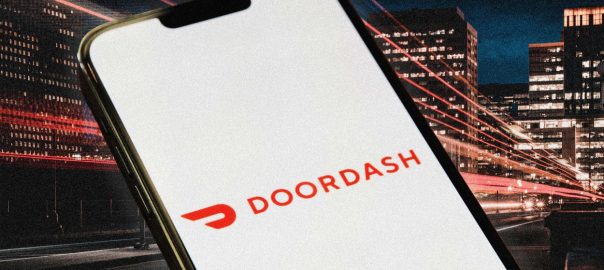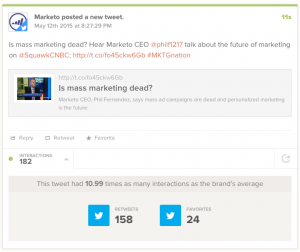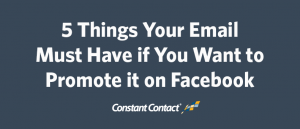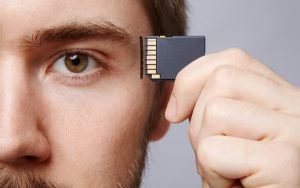Life in the Gig Economy tells the stories of workers in an industry relied upon by millions. If you’d like to share your story, email staff writer Jessica Bursztynsky at Jessicabursz@proton.me.
Cindy Charles is a 42-year-old who has been finding work on delivery service DoorDash in the New York City area. This is what the experience has been like, in Cindy’s own words.
I launched my nonprofit organization in 2019. Right now, it’s in Georgetown, Guyana, because I’m from Guyana and it was important for me to go back home and start doing some work there with children who lack resources, especially on literacy. For me, growing up in Guyana, I had my own struggles with literacy, and it was something I was really passionate about.
I did not do well in school growing up in Guyana. So failure was just really distinct in my life. Like all of my major exams, not passing them to go to university and just really being disappointed and feeling like a statistic. I was able to come to America and when I came here, I of course had my own struggles here in terms of navigating or whatnot, but I had people who supported me and really pushed me to academia. I went to the Borough of Manhattan Community College and I did my remedial classes there. I made the Dean’s List, so I graduated from BMCC and then went on to college where I did my psychology degree and graduated.
Reading is just fundamental. You don’t have to be a scholar, but basic reading and writing is key. So that’s when I went back to Guyana and launched my organization. We support children in underserved communities with literacy and personal development. We launched in 2019. And then in 2020, Covid happened. I remember we had such grandiose plans for 2020. So I’m not getting any funding or anything. I promised these children that I would be there, I’d bring resources to them. I kind of got into depression for three months, not knowing what we were going to do. And in my head, DoorDash and Uber, those had always been on my mind, but I never really took the time to download them and see what it’s about.

A particular Saturday, I dropped my friend off to get her glasses and I was in the car waiting for her and I was like, “You know what, let me just download this app,” and I downloaded the DoorDash app. I accidentally accepted a dash and I’m like, “I don’t even know how to navigate this system. But I’m going to accept and I’m going to go.” So I did that, and I’m like, “What? I got $20? All right, let me map out a schedule. How can I make this my extra gig to bring these resources to these kids?” I would go to work my full-time job and in the evenings I would come home, like around 7 p.m. and I’d dash from seven to 12 at night and weekends I would start dashing Fridays from 6 p.m. to 6 a.m. Before you knew it, I’d have like $5,000-plus dollars. DoorDash, they were very supportive in the initiatives. I was probably working maybe 60 or 70 hours a week, because I was really pushing. I was able to get these reading devices to kids. Now we have a program from another partner that teaches children how to read in 90 days.
Now I would say I work 10 hours, it’s really not consistent. As soon as I finish my (grad school) project here, I’m going to get back into it because I have a break. Whatever my goal is, I can make sure I can achieve my goal. You just have to be committed.
This interview has been edited and condensed for clarity.
(18)
Report Post








